Introduction
Ice cream powder, a versatile and convenient product, has revolutionized the way both home cooks and commercial manufacturers create frozen desserts. By blending key ingredients into a dry mix, it eliminates the need for measuring individual components like sugar, milk solids, or stabilizers. Yet, beneath its simple appearance lies a complex formulation designed to deliver creaminess, flavor, and texture. This article delves into the science and composition of ice cream powder, exploring each ingredient’s role, from dairy bases to emulsifiers, and how they collectively contribute to the final product’s quality. Understanding these elements empowers consumers to make informed choices, whether they prioritize taste, nutritional value, or dietary preferences.
Dairy Components: The Foundation of Creaminess
At the heart of ice cream powder lies its dairy base, which provides the rich, velvety texture synonymous with premium ice cream. The primary dairy ingredients include:
-
Milk Solids Non-Fat (MSNF): Comprising proteins (casein and whey) and lactose, MSNF enhances body and mouthfeel. Casein contributes to emulsion stability, while whey proteins aid in whipping and aeration. Lactose, a natural sugar, adds sweetness and lowers the freezing point, preventing the mix from becoming rock-solid.
-
Cream Powder or Butterfat: Derived from whole milk or cream, this ingredient introduces fat content, typically ranging from 10% to 16% in standard formulations. Fat contributes to richness, smoothness, and melt-in-the-mouth quality. Higher fat percentages often correlate with a denser, more luxurious texture.

-
Whey Protein Concentrate (WPC): A byproduct of cheese production, WPC improves mix stability and nutritional value. It enhances foaming capacity, which is critical for incorporating air during churning, resulting in a lighter texture.
The balance between MSNF and fat is delicate. Too little fat may yield a icy, brittle product, while excess fat can lead to greasiness. Manufacturers optimize these ratios based on the desired outcome, whether it’s a light sorbet-style treat or a decadent gelato.
Sweeteners: Balancing Flavor and Functionality
Sweeteners serve dual purposes in ice cream powder: they provide palatability and influence texture by depressing the freezing point. Common options include:
-
Sucrose (Table Sugar): The most traditional sweetener, sucrose contributes 100% sweetness and enhances body. Its ability to bind water reduces ice crystal formation, ensuring a smoother finish.
-
Dextrose (Glucose): With 70% the sweetness of sucrose, dextrose lowers the freezing point more aggressively, resulting in a softer scoop. It is often blended with sucrose to balance sweetness and texture.
-
Corn Syrup Solids: Derived from corn starch, these solids contain dextrose and maltose. They improve mix viscosity, reduce ice recrystallization, and add a subtle caramel note.
-
Artificial Sweeteners: For low-calorie or sugar-free variants, ingredients like sucralose, stevia, or erythritol are used. These require careful formulation to avoid aftertastes and maintain texture, often requiring bulking agents like maltodextrin.
The choice of sweetener impacts shelf life, as sucrose can crystallize over time, while corn syrup solids resist this. Balancing sweetness with functional properties is key to achieving a consistent, enjoyable product.
Emulsifiers and Stabilizers: The Unsung Heroes
Emulsifiers and stabilizers are critical for preventing phase separation and ice crystal growth, ensuring a uniform, creamy texture.
-
Emulsifiers (e.g., Mono- and Diglycerides, Lecithin): These molecules have hydrophilic (water-loving) and hydrophobic (fat-loving) ends, allowing them to bind fat and water. This reduces milk fat separation during storage and improves aeration.
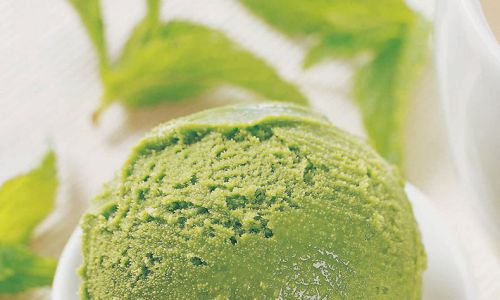
-
Stabilizers (e.g., Guar Gum, Locust Bean Gum, Carrageenan): Derived from plants or seaweed, these gums thicken the mix and control ice crystal size. Guar gum, for instance, forms a gel-like network that traps water, slowing down melting. Carrageenan enhances body and prevents wheying-off (liquid separation).
-
Gelatin: A protein-based stabilizer, gelatin imparts a smooth texture but is less common in vegan formulations.
The synergy between emulsifiers and stabilizers is vital. Too little can result in icy textures, while excess may create a gummy mouthfeel. Manufacturers often blend multiple gums to achieve optimal results.
Flavorings and Colorings: Crafting the Taste Profile
Flavorings define the ice cream’s character, ranging from classic vanilla to exotic fruit blends.
-
Natural Flavorings: Extracts like vanilla, cocoa, or fruit pulps provide authentic taste. Vanilla, in particular, contains hundreds of aromatic compounds that evolve during aging, enhancing complexity.
-
Artificial Flavorings: Synthetic compounds mimic natural flavors at a lower cost. For example, ethyl vanillin offers a more potent vanilla note than its natural counterpart.
-
Colorings: While optional, colors enhance visual appeal. Natural dyes (e.g., annatto for orange, spirulina for green) or synthetic alternatives (e.g., FD&C dyes) are used, depending on regulatory standards and consumer preferences.
The interaction between flavorings and the base mix is nuanced. Fat-soluble flavors (e.g., chocolate) bind to dairy fats, while water-soluble ones (e.g., fruit flavors) require emulsifiers for even distribution.
Anti-Caking Agents and Flow Aids: Ensuring Shelf Stability
Ice cream powder must remain free-flowing to prevent clumping during storage. Common additives include:
-
Silicon Dioxide (Silica): A minute amount of this inert compound absorbs moisture, keeping the powder dry and pourable.
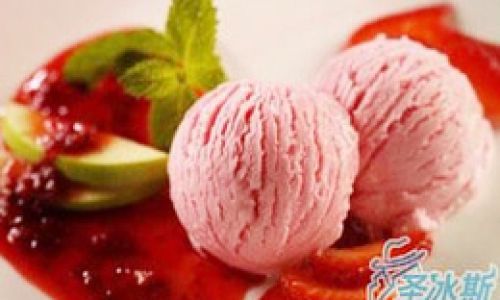
-
Tricalcium Phosphate: Acts as both an anti-caking agent and a buffer to stabilize pH, preventing flavor degradation.
These ingredients are typically used in minimal quantities (0.1–0.5%) but play a pivotal role in product consistency.
Nutritional and Dietary Considerations
Modern ice cream powders cater to diverse dietary needs:
-
Lactose-Free Options: Enzymes like lactase break down lactose, making the product suitable for lactose-intolerant individuals.
-
Vegan Formulations: Plant-based milk powders (e.g., almond, oat) replace dairy, while coconut oil or shea butter mimic fat content.
-
Low-Sugar or Keto Variants: Sugar alcohols (e.g., erythritol) or fiber-based sweeteners (e.g., inulin) reduce net carbs without sacrificing texture.
-
Allergen Management: Cross-contamination risks are mitigated through dedicated production lines, with labels clearly stating potential allergens like soy or nuts.
The Role of Processing Aids
While not listed as ingredients, processing aids like antioxidants (e.g., tocopherols) prevent fat oxidation, extending shelf life. Similarly, acidity regulators (e.g., citric acid) maintain pH stability, preserving flavor and microbial safety.
Conclusion
Ice cream powder is a marvel of food science, where each ingredient is meticulously chosen to deliver a harmonious blend of taste, texture, and functionality. From the dairy proteins that create creaminess to the emulsifiers that prevent icy textures, every component plays a vital role. As consumer preferences evolve, manufacturers continue to innovate, offering healthier, more sustainable, and inclusive options. By understanding the intricacies of ice cream powder ingredients, enthusiasts can appreciate the craftsmanship behind their favorite frozen treats and experiment with custom formulations that suit their palates and values. Whether you’re a home baker or a connoisseur, the world of ice cream powder invites endless creativity—one scoop at a time.
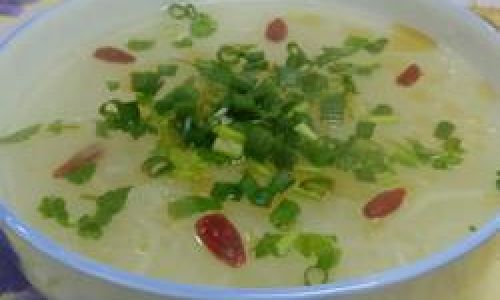

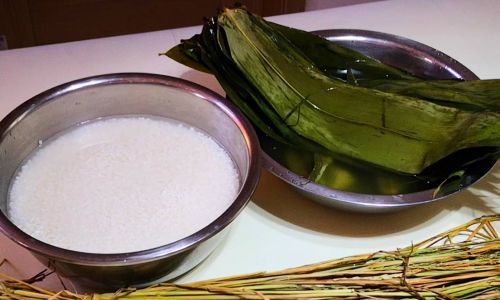
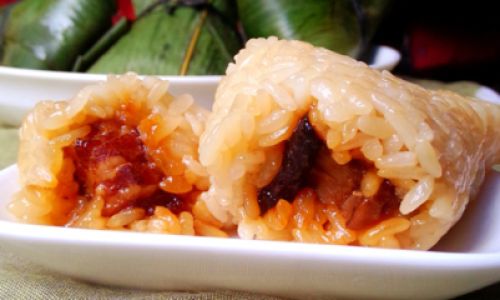
0 comments